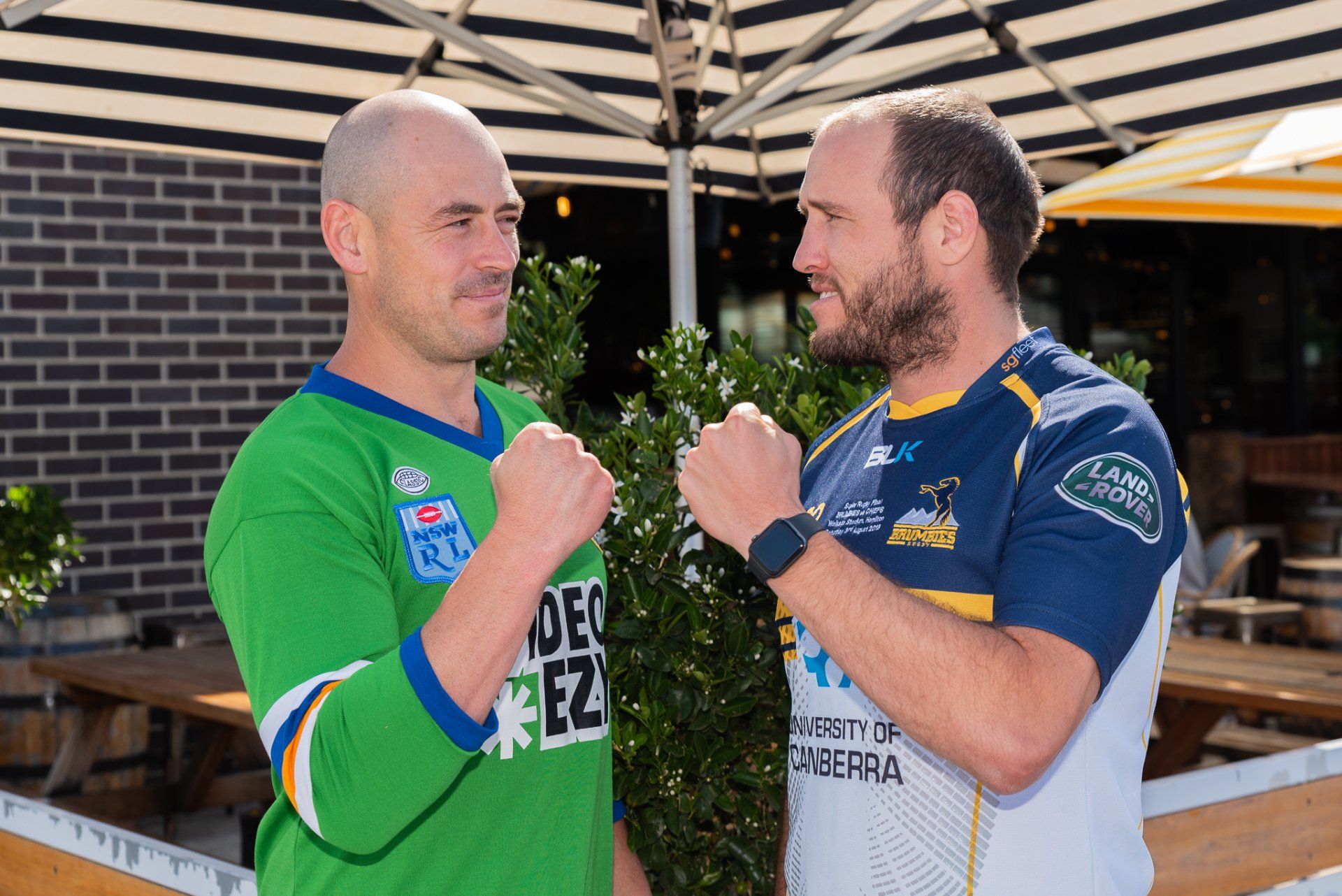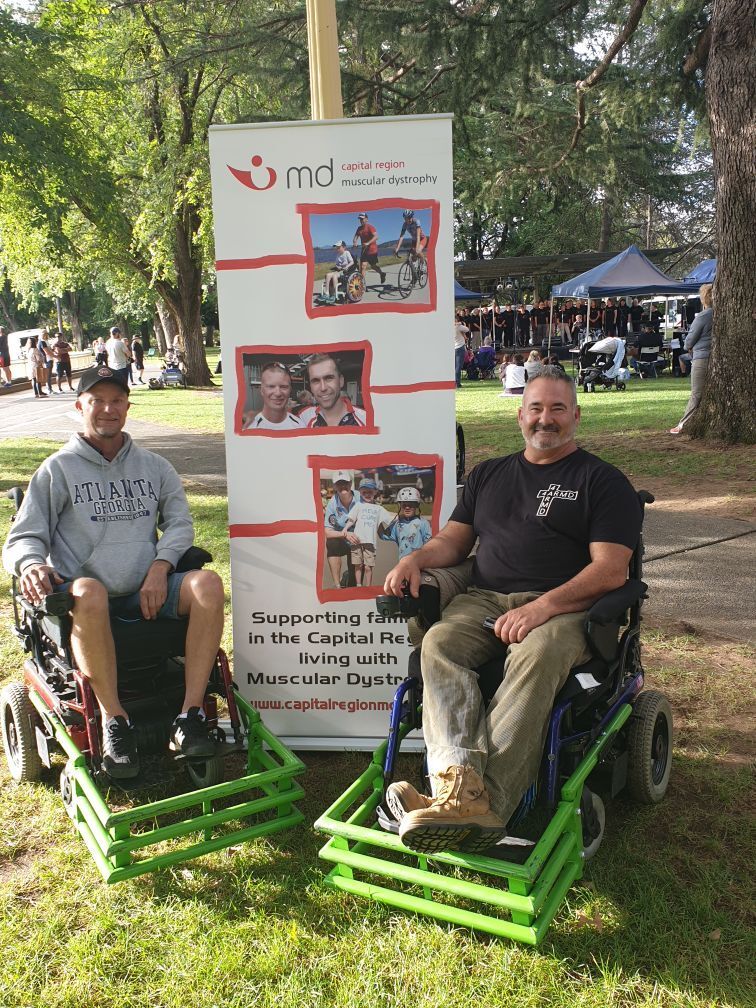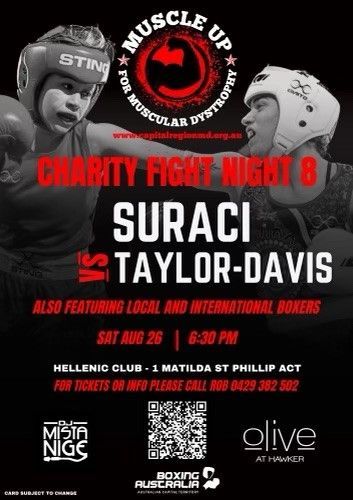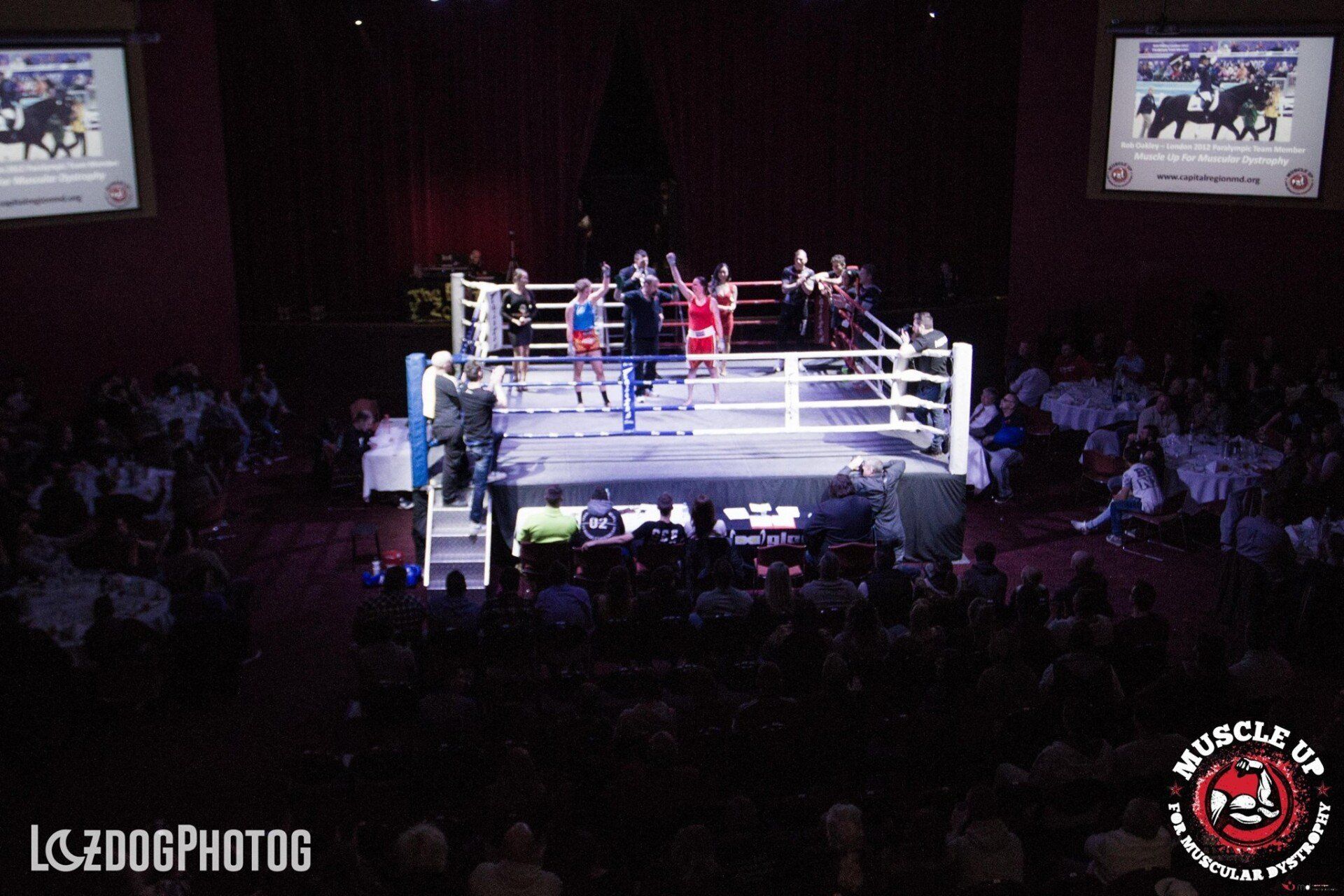ROB’S BLOG – LIVING WITH FSHD
I am sitting on the deck of a water ski lake in California. It feels a little surreal and I wonder how I got here.
I am Rob Oakley. I am 54 years old, a Paralympian, a member of the Australian Disabled Water Ski Team, and I have Facioscapulohumeral Muscular Dystrophy (FSHD). It’s been a long road for me with some lucky breaks and a lot of hard work.
I’m lucky because I’ve been surrounded by positive people. It’s a good thing too, as like most people with FSHD, I’ve heard plenty of doctors tell me I’m wasting away and there’s not much I can do about it. It’s a difficult thing to continually hear negative things about your future and not give in to the temptation to accept them.
My FSHD was obvious in my teens but it was not enough to stop me doing most things I wanted. I played football, surfed and waterskied. Maybe not always well but I had a go. My real passion has always been horses. I’ve ridden horses for fun since I was a boy, without realizing just how important and beneficial this would be for me.
I reached a point in my life, in my mid thirties, where I wondered what was next. I saw the dressage competition at the Paralympics and thought why not. I was lucky that I had some ability and experience, including some balance and a “good seat,” believe it or not. This got my foot in the door.
Dressage is a sport like any other, and talent is only part of the deal. It’s hard work that gets it done. All successful athletes understand this. You need to love what you do, and do it to your best everyday. I love this environment so I dove in head first.
I tried to copy everything the professional riders did, including riding up to 5 or 6 horses a day. This meant driving a lot of miles between horses, some pretty rough rides, and rough landings. I didn’t really think about what might work for me but rather just what I saw working for other able-bodied riders.
As I started to have some success, I gained access to better training facilities, better information, and strength and conditioning trainers. It was when I started to work with S&C coaches that my eyes were really opened as to what might be possible.
I can still remember the conversation I had with my first trainer at the ACT Academy of Sport. “I don’t do the gym, I don’t do massage, I don’t have any muscles. What’s the point?” I can still remember the answer to that question as well, it was blunt! I had already decided I would approach my time with ACTAS with an open mind and try anything they suggested, so I jumped in. Their approach was to question everything I had told myself. “How do you know it won’t work?”
The first thing was to change my approach to training. I needed to spend more time working on the ground to give myself the capacity to ride rather than just riding.
It seems so obvious now but at the time I was very reluctant to change my training routine and the benefits were not immediately obvious. It was very slow progress: the classic one step back to take two forward. Slowly but surely, the benefits started to appear. My focus changed and I started to understand the benefits that were available.
The real turning point came when I met Dr Nick Ball from the University of Canberra. We trained together for about two years leading up to the London Paralympics.
The focus of my training with Nick became very much on developing and maintaining my patterns of movement. I think he describes it as functional training. I like to describe it as training to be “normal.” It starts with simple movements and then builds complexity. For instance: building the capacity to do squats but then add other components like squatting on a trampoline and rotating with a medicine ball. My personal favorite is dragging a weighted sled.
If you’ve got FSHD, there’s a good chance you’re wondering how that might be possible. This was not an overnight process. It was a slow process with many frustrating days and much time spent wondering what am I doing. It’s hard work and I’m lucky I had people like Nick that believed in me, and I had a goal (at that time the Paralympics). To me the benefits of this training are so many, and so good, I’m annoyed at myself that I didn’t find this earlier.
My career as a para-equestrian spanned 15 years and did ultimately culminate with the London Paralympics. It was a series of many little steps, hard work, set backs and successes. I loved every minute.
These days my training has another goal. It’s simply to ensure I can meet the challenges day to day living throws up. I train to give myself the capacity to function as normally as possible.
I didn’t stop looking for ways to challenge myself after the Paralympics. It was not long before I found my way to other pursuits. I rode the Tour Duchenne for MD in 2012 from Thredbo to Sydney (with a little help from an electric motor on my three wheel racing bike). I also started rowing. This is a great way to challenge your body to find a way to move.
I also found my way back into water skiing, this time on a sit ski. It was just for fun, after all I’m fifty something now, but as is the way I found my way on to the slalom course. I wasn’t too bad at it and without thinking about it, before long I was competing. One thing led to another and I was lucky enough to compete at the 2015 World Championships. I’ve made some great friends in this sport and I’m sitting on the deck of one of those, in Chico California training while it's winter back home in Canberra.
Looking back, I was originally embarrassed to walk into a gym, sometimes just walking down the street was overwhelming. Now, I’m proud to do either, and it’s got me a long way. I’m not trying to lift big weights or build muscle, I’m maintaining my patterns of movement.
I know the benefits that are available to me from training like an athlete and I really enjoy working to achieve them. The training does not always have an obvious connection to the outcome and it can take time for improvements to come. I think I’ve used the words slow and frustrating already but just like any other athlete training for a goal, that is the reality of what you’re doing.
The battle with FSHD is a difficult one, no doubt, but if you’ve got it you’re fighting it whether you like it or not. A large part of the battle for me is fought in the mind, overcoming all the negative thoughts that are easy to build up. You only need one positive thought to make a start. You have to be persistent and patient. You can’t judge yourself by others but by the little steps you can take. You have to be an athlete.
The type of training I do is not a cure but it allows me to ensure I continue to live the kind of life I want to and to continue to be positive. Now if you’ll excuse me, it’s my turn to ski.










